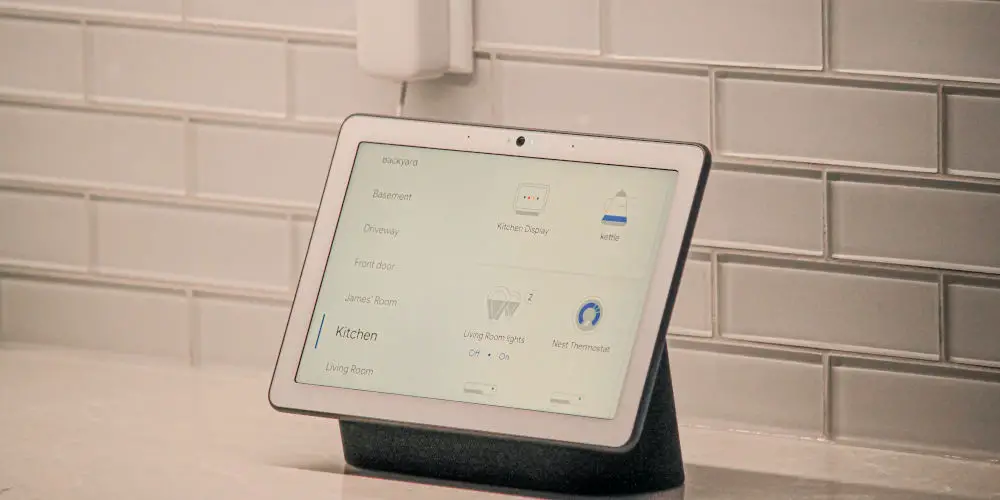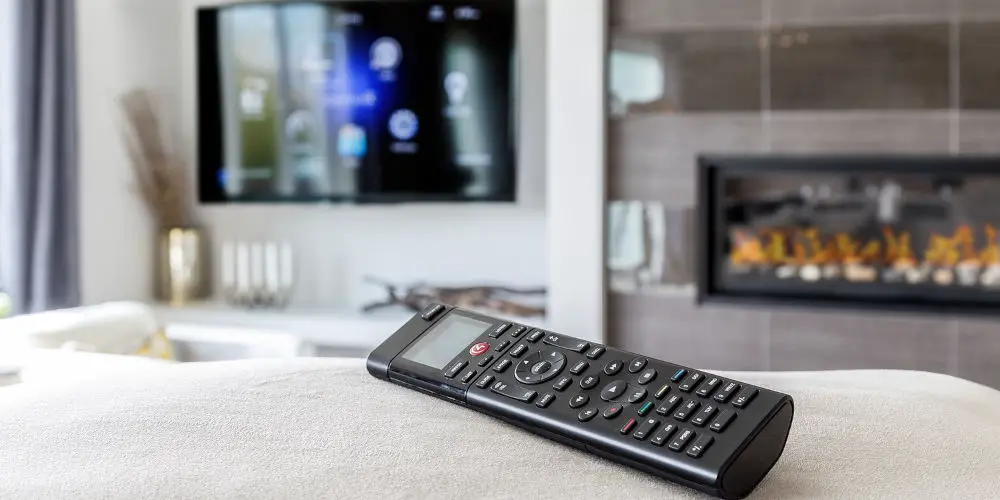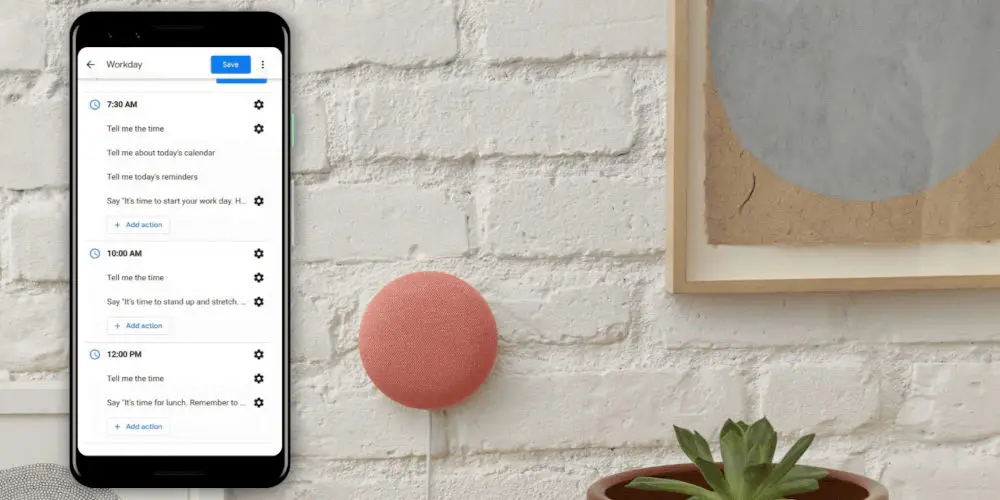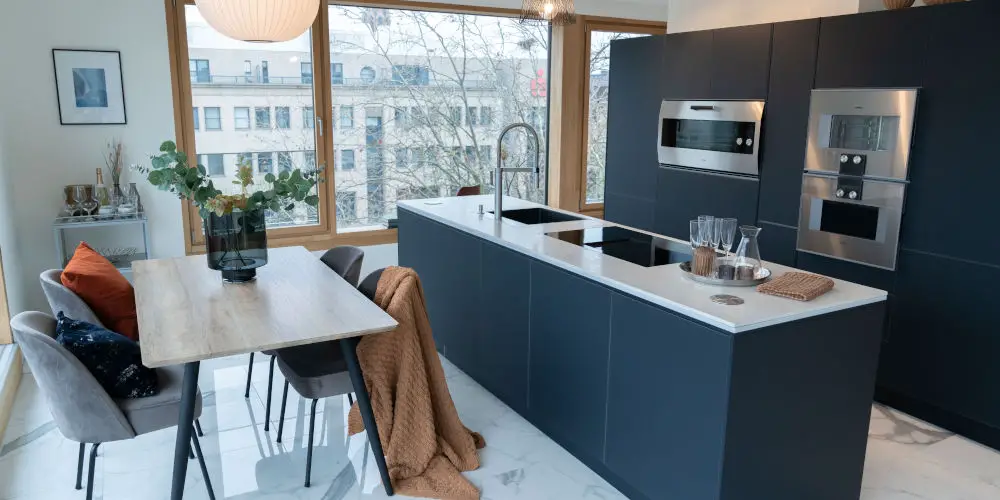Home automation vs Internet of Things (IoT) vs connected home

A common complaint we hear is there is just too much jargon around the smart home topic. Is the correct term home automation vs Internet of Things (IoT) vs connected home? Sadly, some wrongly use these three interchangeably, confusing the issues further.
Don’t worry if you’re getting confused by buzzwords or jargon as we’ll help you understand the key terms and when you should use them. By the end of this article, you’ll have a much clearer idea of what home automation, IoT, and connected home really mean.
You shouldn’t need to consult a dictionary to figure out exactly what you’re getting when you bring this new technology into your home. Nor should you be scared off by the jargon.
So do you need home automation vs Internet of Things vs connected home? Let’s find out which one most applies to your situation.
What does Home Automation mean?
Typically, we use the term home automation to describe any device that eliminates the repetitive nature of household tasks. It could be as simple as smart bulbs controlled by a phone or tablet.
However, you could have multiple devices preprogrammed to react under certain conditions, such as ambient light level falling (resulting in curtains closing and light turning on) or touching a scene button on a controller that starts playing music and dims the lights.
The term home automation is used to repents a broad range of outcomes rather than a specific feature or function. Hence many get confused using it compared to a term like smart home, which is another generic term that covers a large amount of ground.
When many people hear home automation, they understand it to mean complete flexible control over every aspect of their home in a way that makes life easier and responds to how they want to live.
As home automation covers a lot of ground, the actual technology used varies differently depending on the property, the user, and the system. That’s to be expected as we all want something slightly different from our home automation system.
For some, adding automation to their home is changing their basic thermostat for an intelligent one, such as the Google Nest Thermostat. Others will want to be able to control their security system, cameras included from anywhere via Wi-Fi.
There are homeowners who want a complete, whole-home automation system that makes it easy for them to control lights, heating, blinds/curtains, multi-room AV, CCTV, and door locks.
It’s therefore important at the start to define what home automation means to you and exactly what your dream system looks like. By having clarity, you can easily make decisions.

photo by Control4
What is the Internet of Things (IoT)?
If home automation describes using technology to take care of repetitive tasks, what does IoT mean? Good question!
The Internet of Things (IoT) is a sprawling, ever-growing network of machines and devices all talking to each other and improving life for their owners in the process. Putting this into context, there are currently around 15 billion different objects all connected, thanks to the Internet.
These devices include smartphones, tablets, TVs, washing machines, robomowers, and smart bulbs.
You can think of IoT being both a feature and an overarching category. If a device connects to the internet, it’s part of the IoT revolution. According to the latest research, the number of IoT devices is set to reach 25 billion by 2025, and be worth some $1.1 trillion by 2026.
As technology advances at a rapid pace, the Internet of Things will only continue getting smarter and become even more interwoven with our lives.
If you enjoy toast for breakfast, you might think we’ve already perfected the toaster and can’t innovate any future. Think again!
Imagine being able to turn on the toaster (pre-loaded!) from your bed using an app while selecting exactly how you’d like your bread cooked. It’s possible and you’ll even get a notification to inform you that the toast is ready.
Now consider how your smartphone could be used to control every aspect of your home from anywhere on the globe, so long as you had Wi-Fi. You could easily dim lights for a romantic night in, turn the heating on when you leave the office, or check the CCTV on a night out.
The IoT world makes all of these things, and more possible.
Home automation vs Internet of Things vs connected home
The term ‘connected home’ refers to the whole experience of combining home automation and the Internet of Things to transform the way we experience our homes.
You can have a home automation system that is only local, meaning it can be controlled from within the home. By integrating IoT into your system, you can operate the system via Wi-Fi. It doesn’t matter if you’re laying in bed, out shopping, or on holiday in the US.
So, it’s not a case of home automation vs Internet of Things. Instead, it’s the combination of the two that transforms how we live.
Imagine asking your Google Assistant to turn on Netflix, the result is your TV turns on, curtains close, and lights dim up. And all while the system selects the appropriate volume and loads your personalised Netflix profile.

photo by Google
Do IoT devices mean home automation systems are redundant?
While it’s true that you can buy smart home devices that work exclusively over Wi-Fi, they lack the complexity and flexibility offered by the significant home automations systems.
The Google Home app allows you to programme basic routines (their name for scenes) that you can recall by pushing a button. And while this functionality is good, it’s not as complex as Control4, Crestron or Fibaro offers. Nor can you assign these routines to a physical switch.
The other factor to bear in mind is bandwidth. Every IoT device uses a little (or a lot) of your Wi-Fi bandwidth. You won’t notice a slowing in speed if you’re using a few phones, a TV, and a few smart devices.
However, if you swap all of your bulbs for smart Wi-Fi ones, and still use several phones and tablets, and your TV, there will be a noticeable slow down in your Wi-Fi speed.
As home automation systems use unique protocols to send and receive signals, they don’t use up your Wi-Fi bandwidth or impact the overall speed. And in fact, most systems only require Wi-Fi for remote control as you can use keypads and touchscreens to control them.
What’s the difference between connected and smart technology
It’s easy to understand the difference between connected and smart technology. As it’s the difference between single-use and multi-purpose devices.
Your smartphone or tablet is designed for taking care of multiple tasks such as communication, Internet browsing, social media, and taking photographs. They are supercomputers in tiny packages!
Similarly, Fibaro, Savant, and other smart home systems allow you to manage multiple aspects of your home from a single device.
On the other hand, a connected device typically uses an Internet connection to perform a single function such as turning on a light, brewing coffee or monitoring food in the refrigerator.
In short, smart technology supports multiple functions from a single device. Connected technology handles a single task or cluster of small, related tasks.

Building your connected home
Now you have a better idea of the common buzzwords. You understand that building a connected home is not Home automation vs Internet of Things (IoT), but having a combination of both.
Remember when building your smart home, take time to go deep and explore exactly why you want one and how your dream system will operate. By asking yourself hard questions, you will find clarity you need to make your dream come true.




